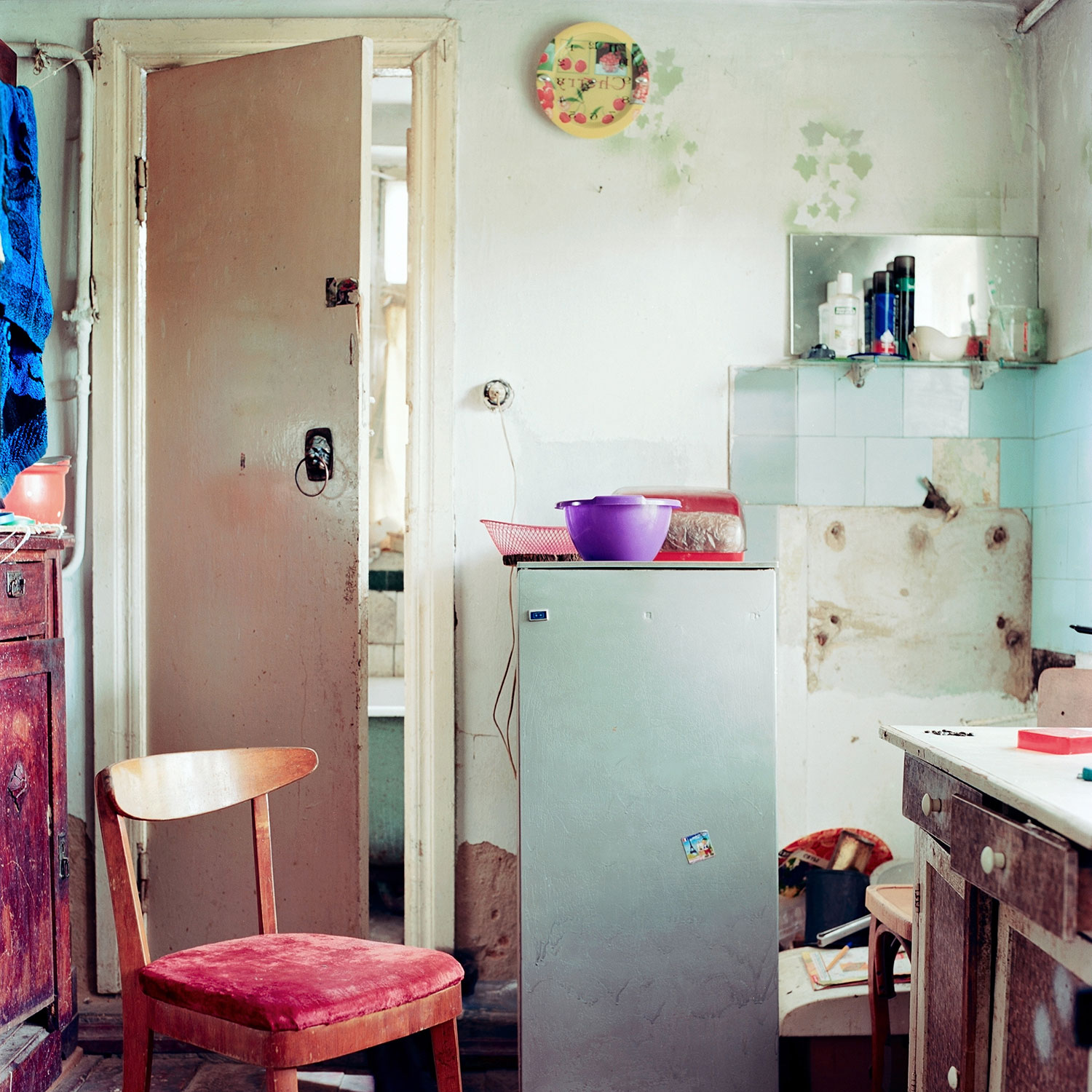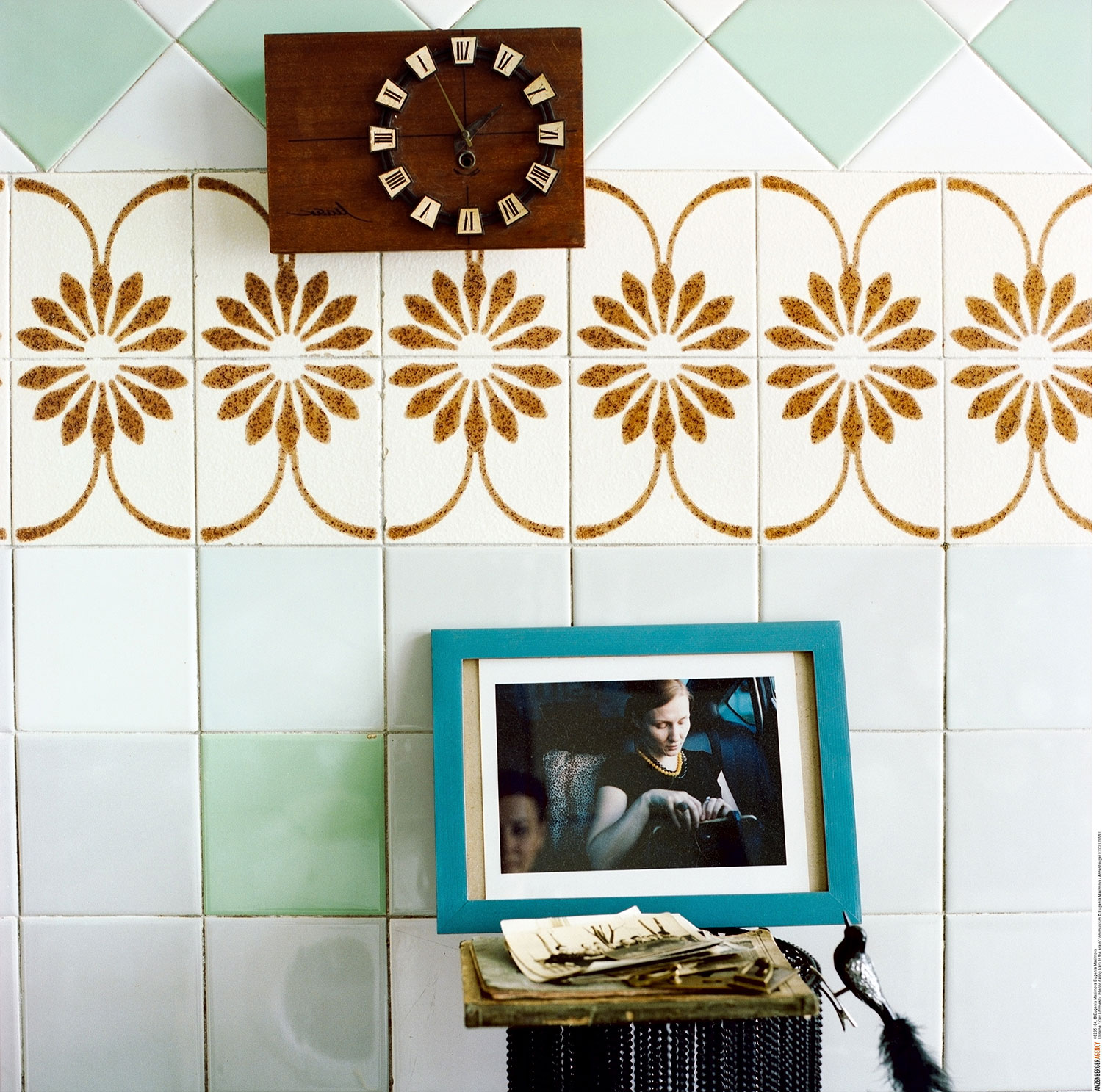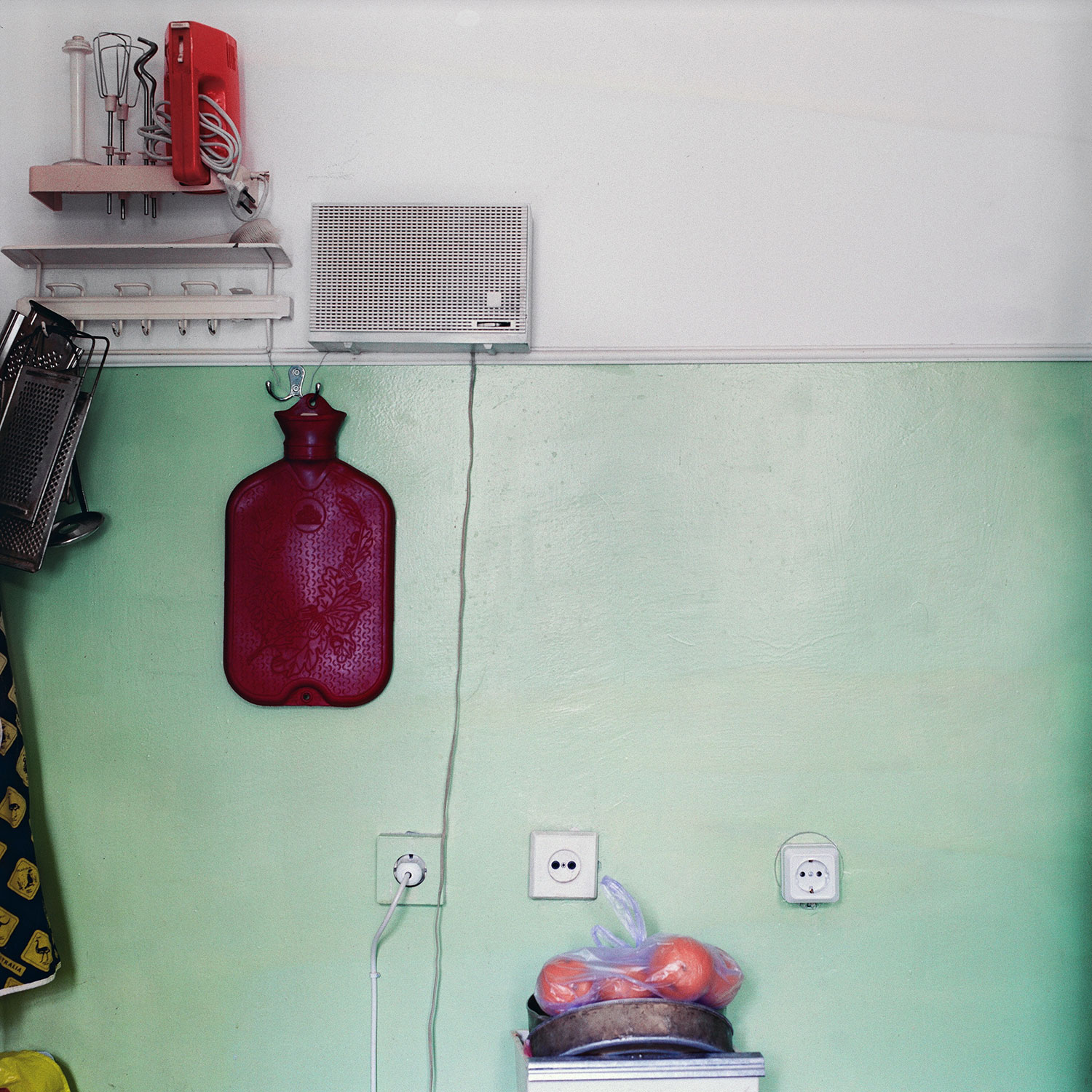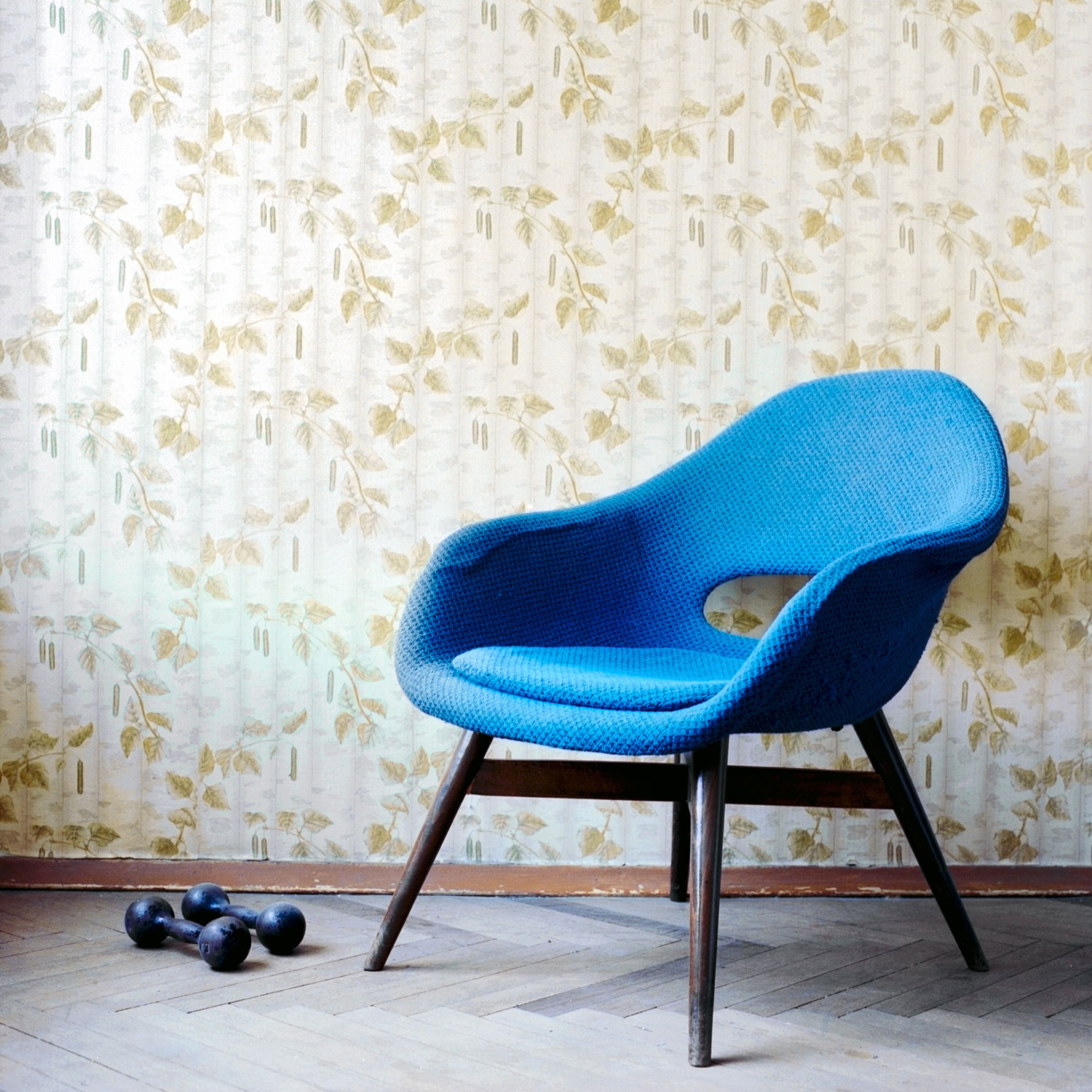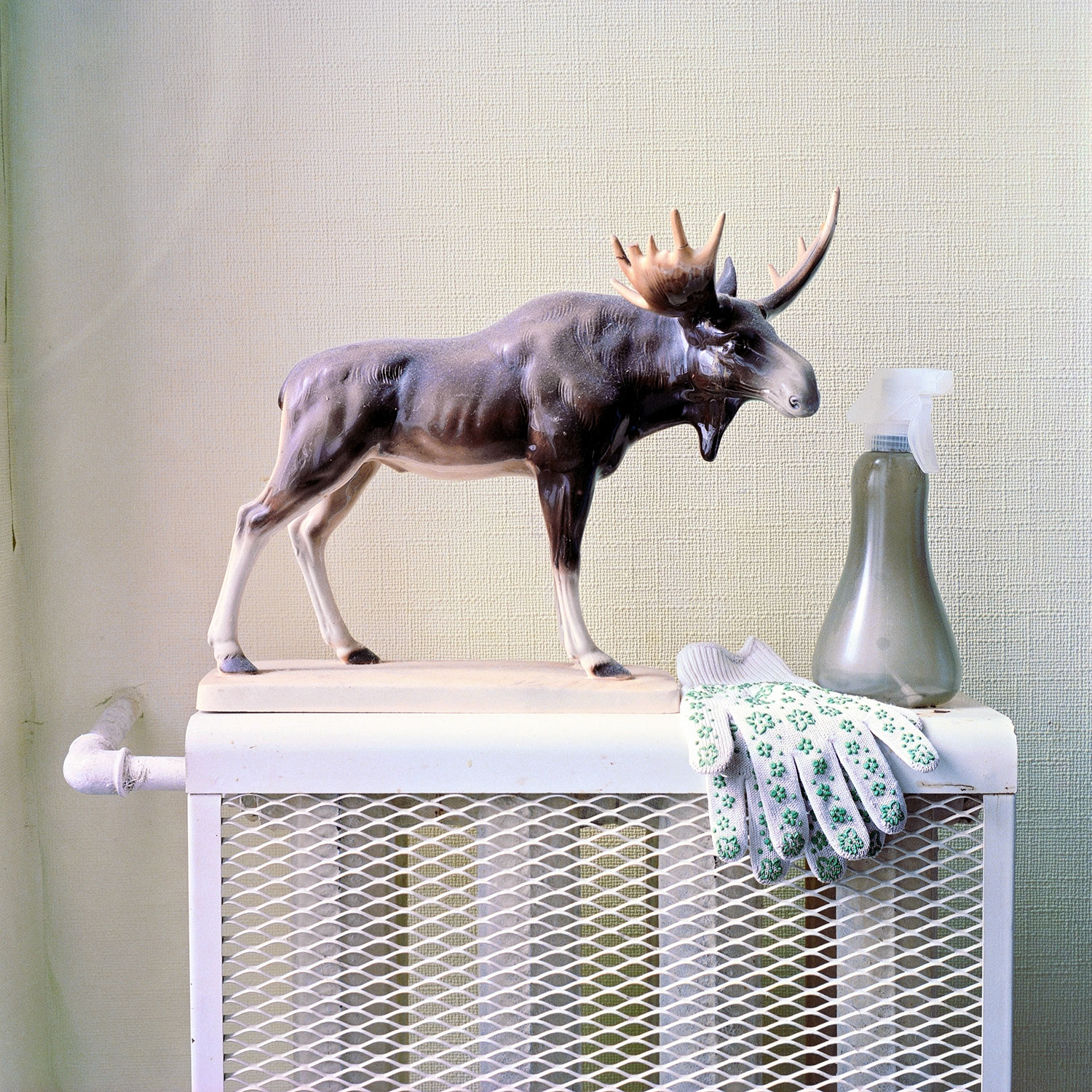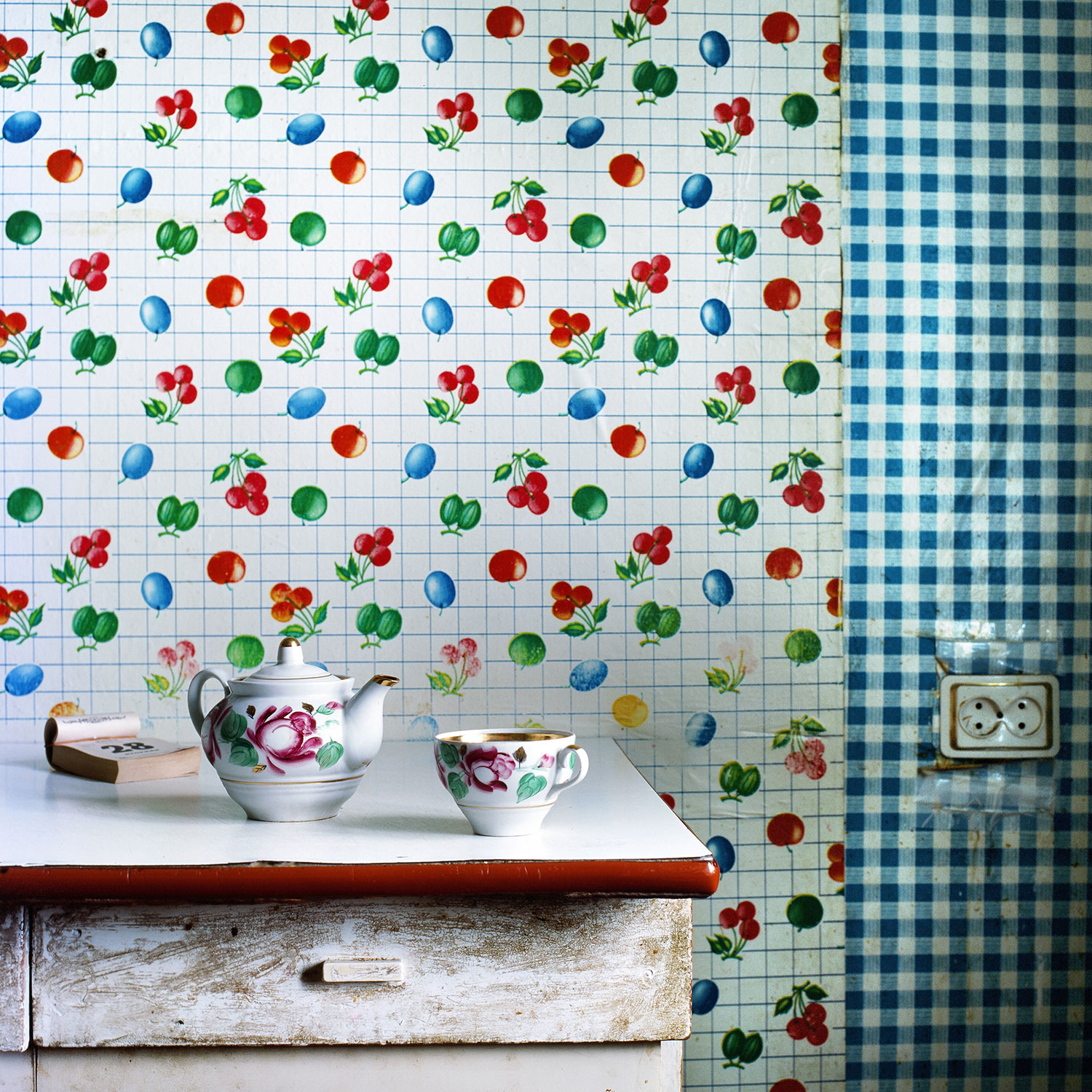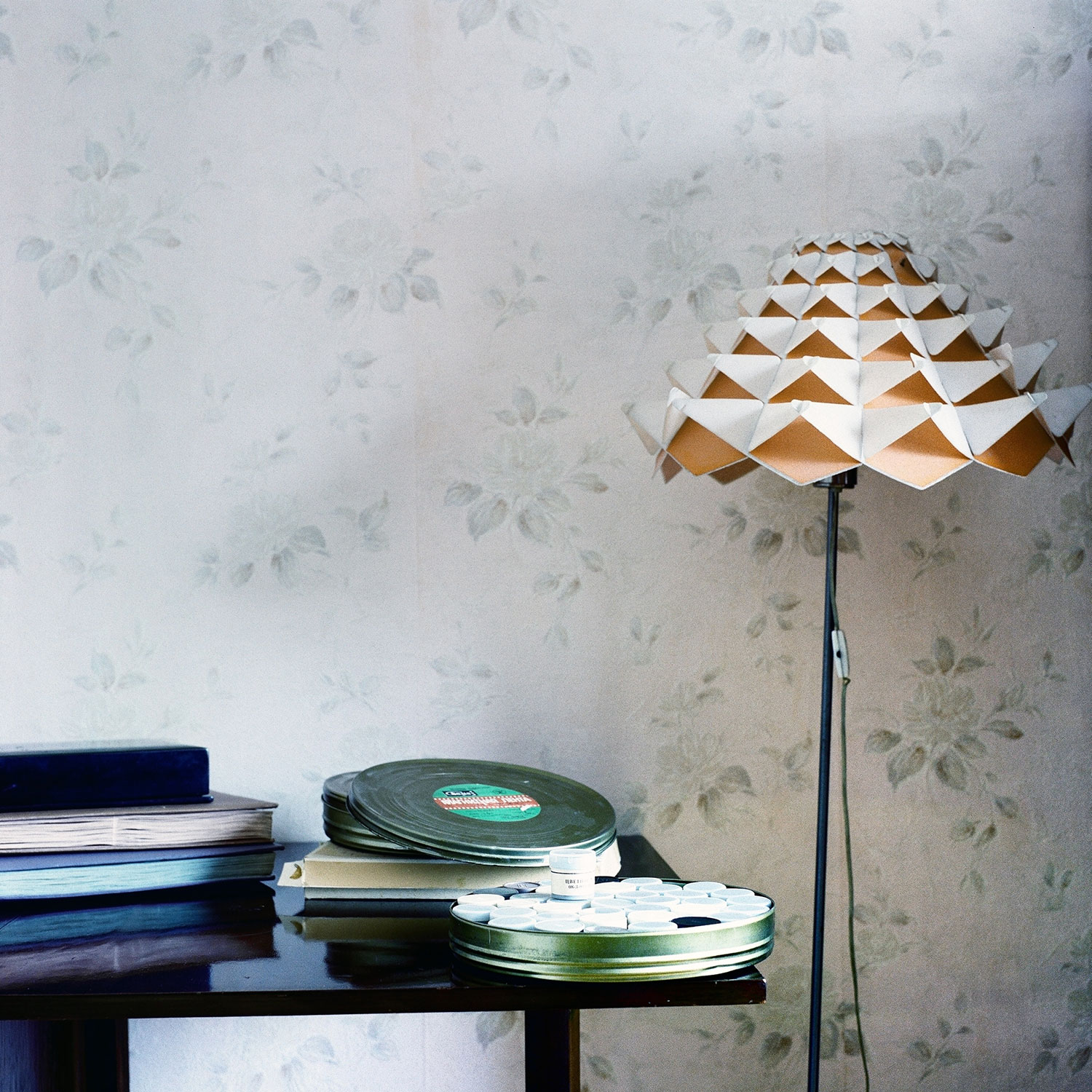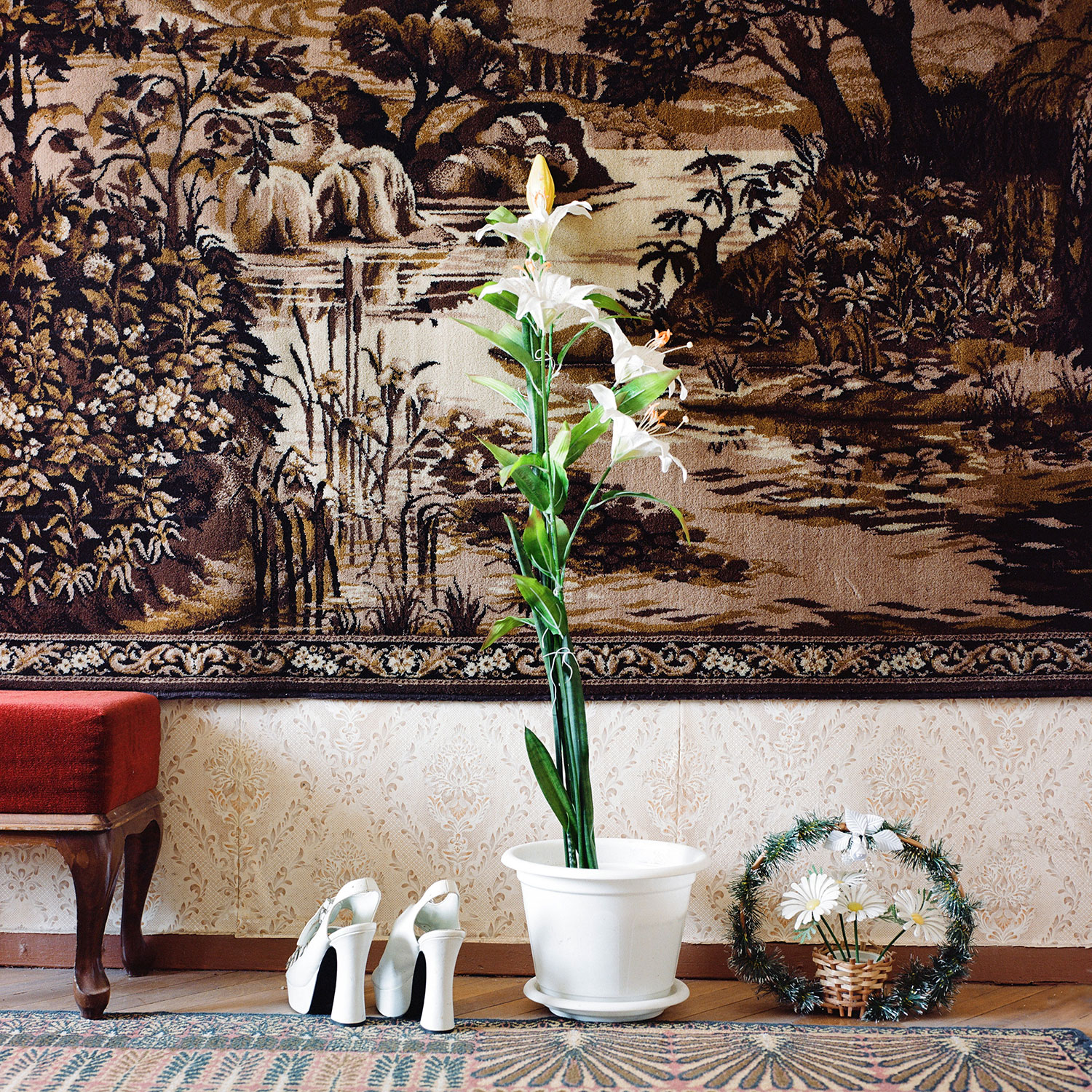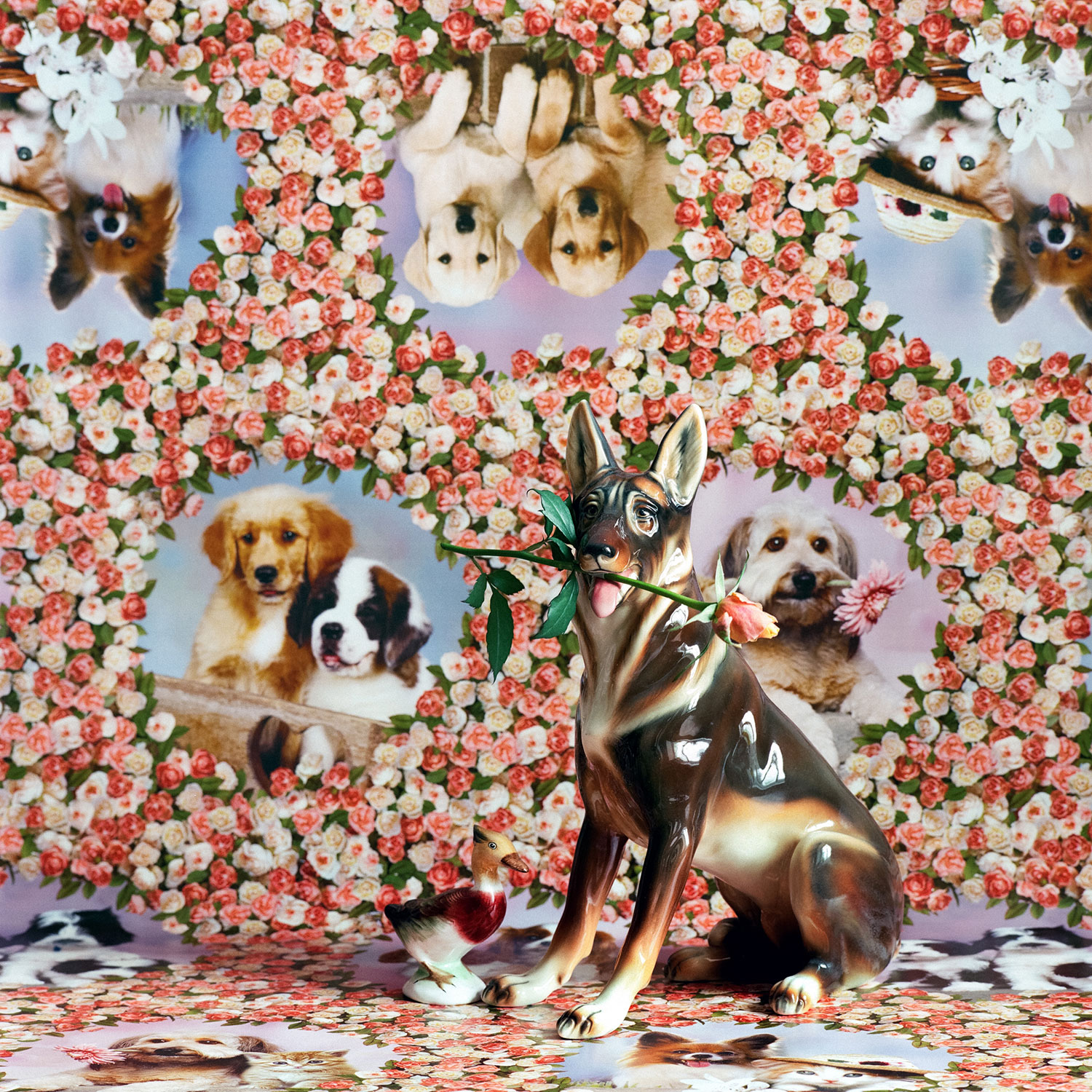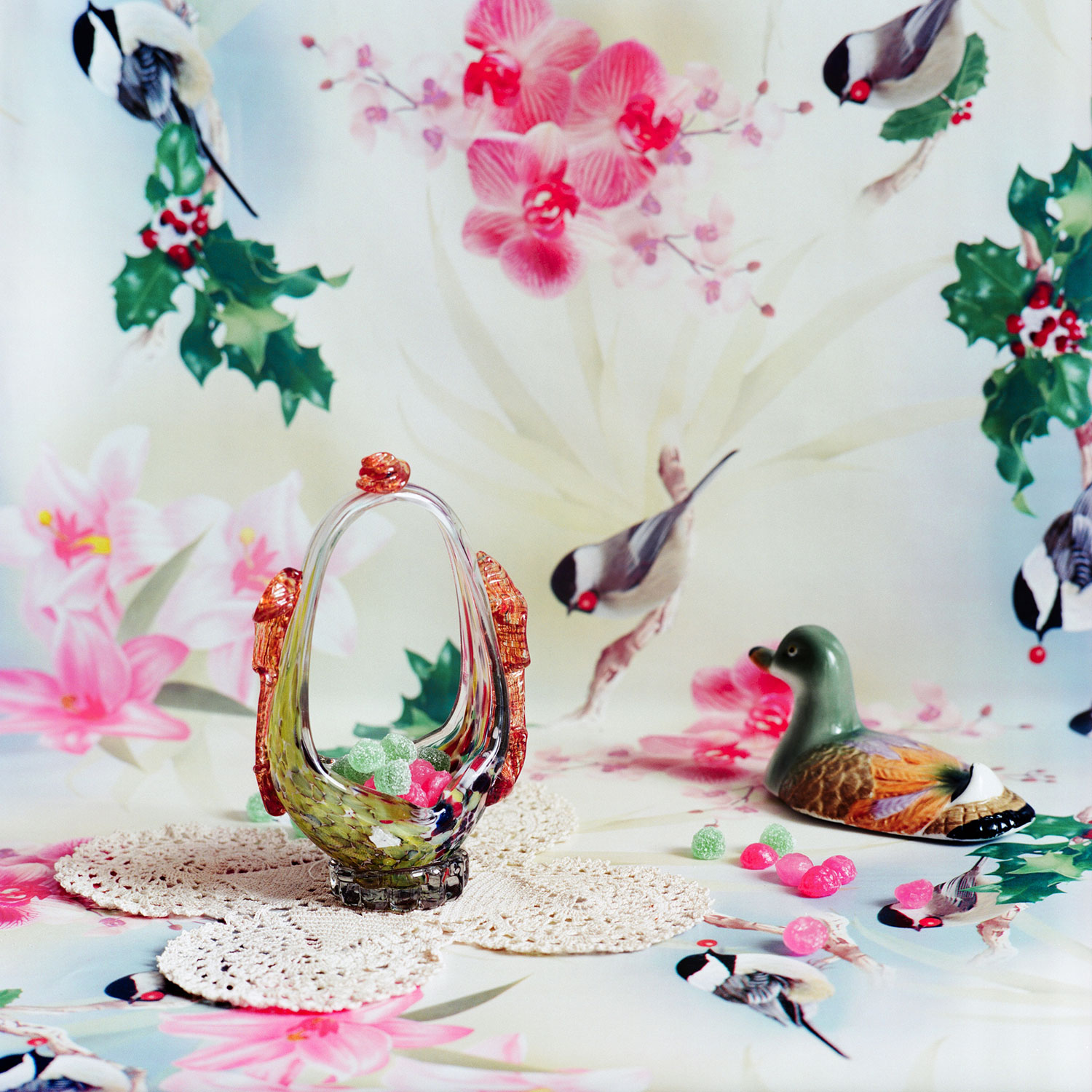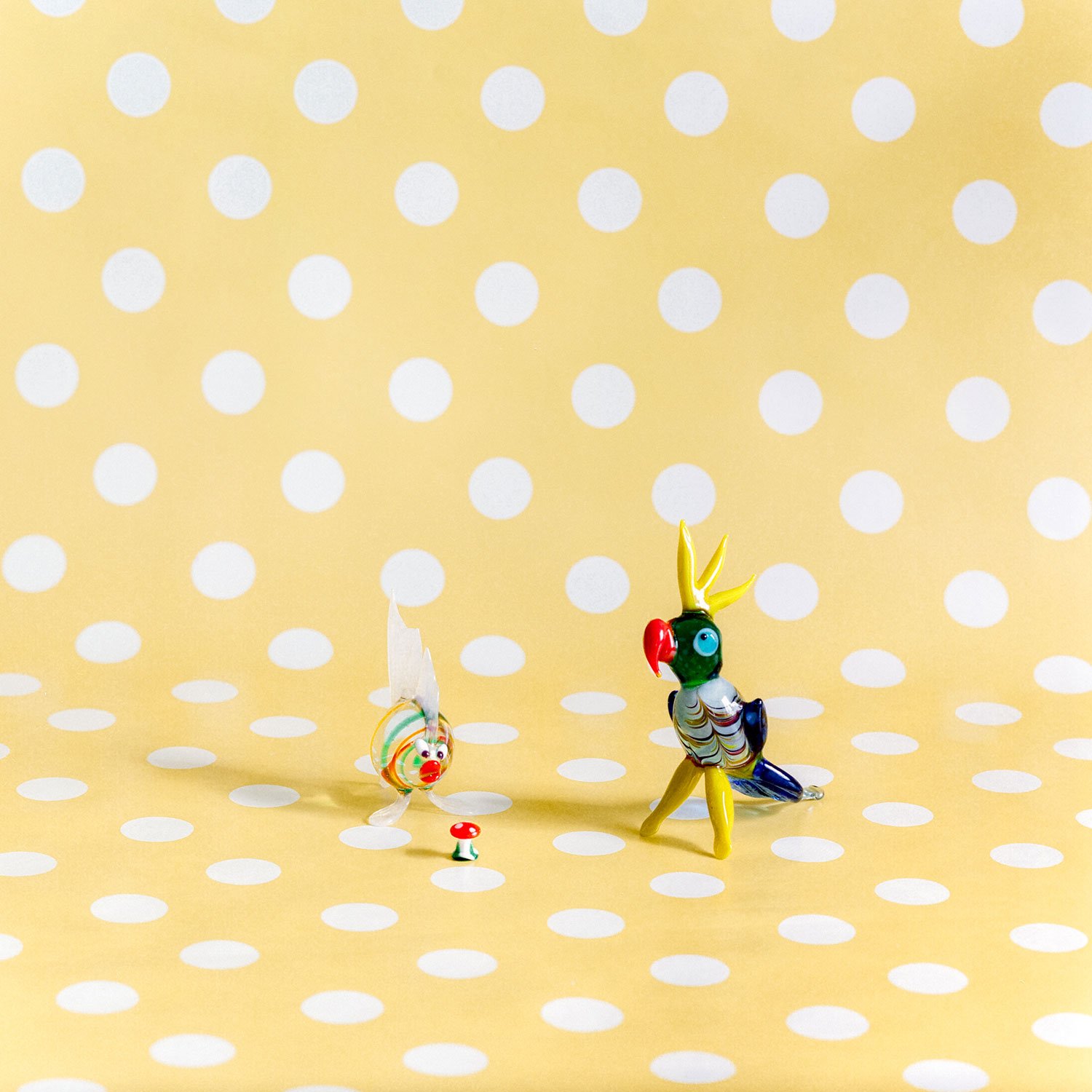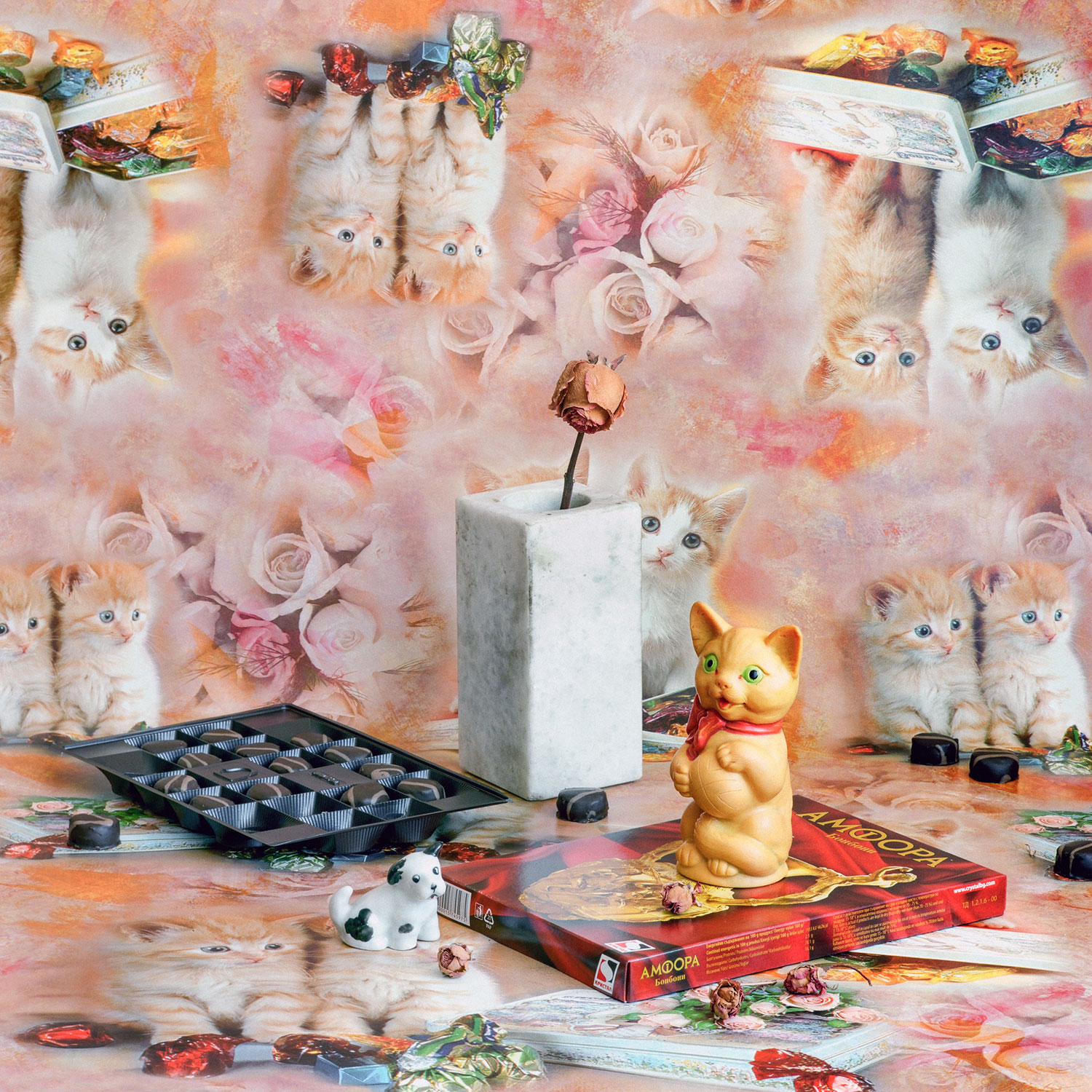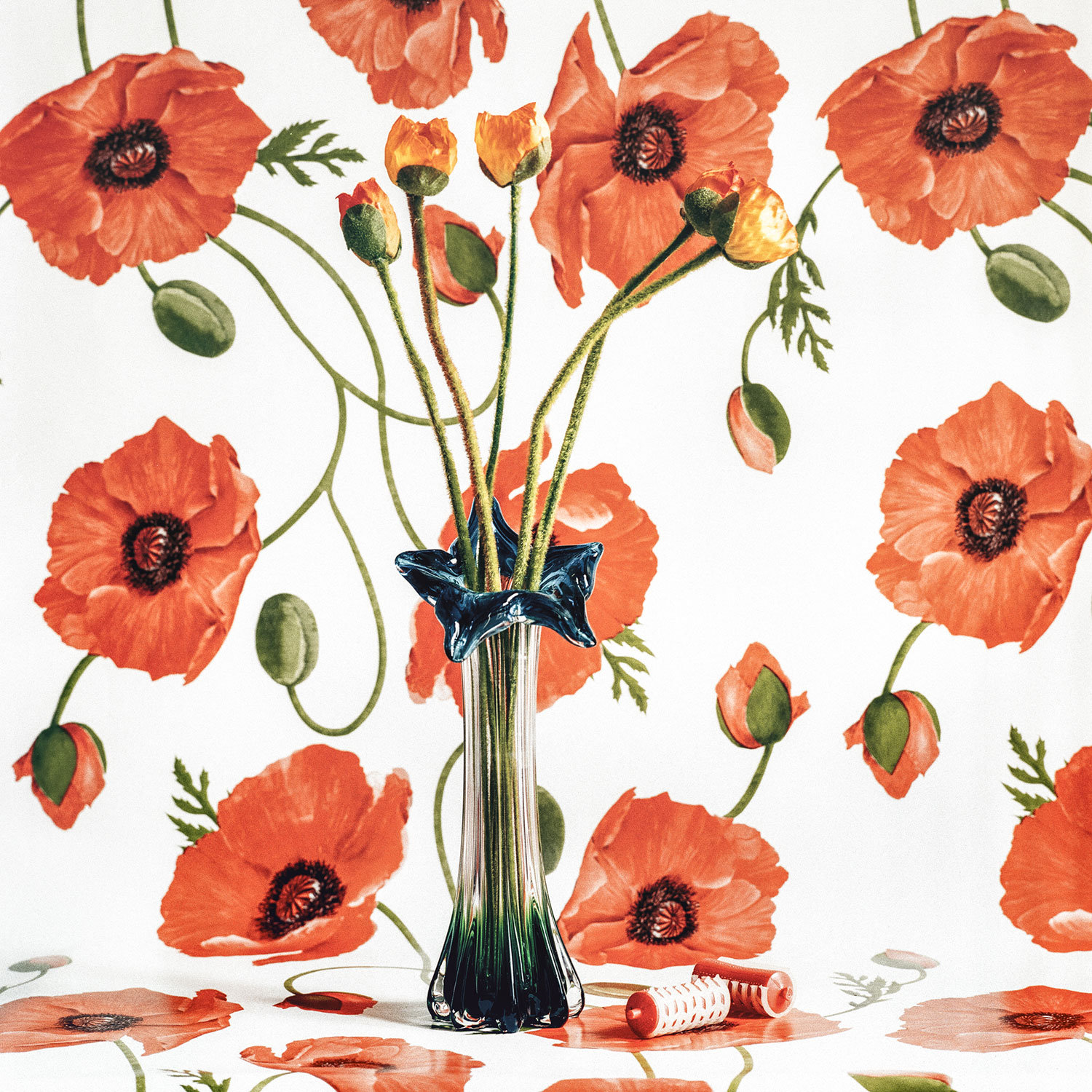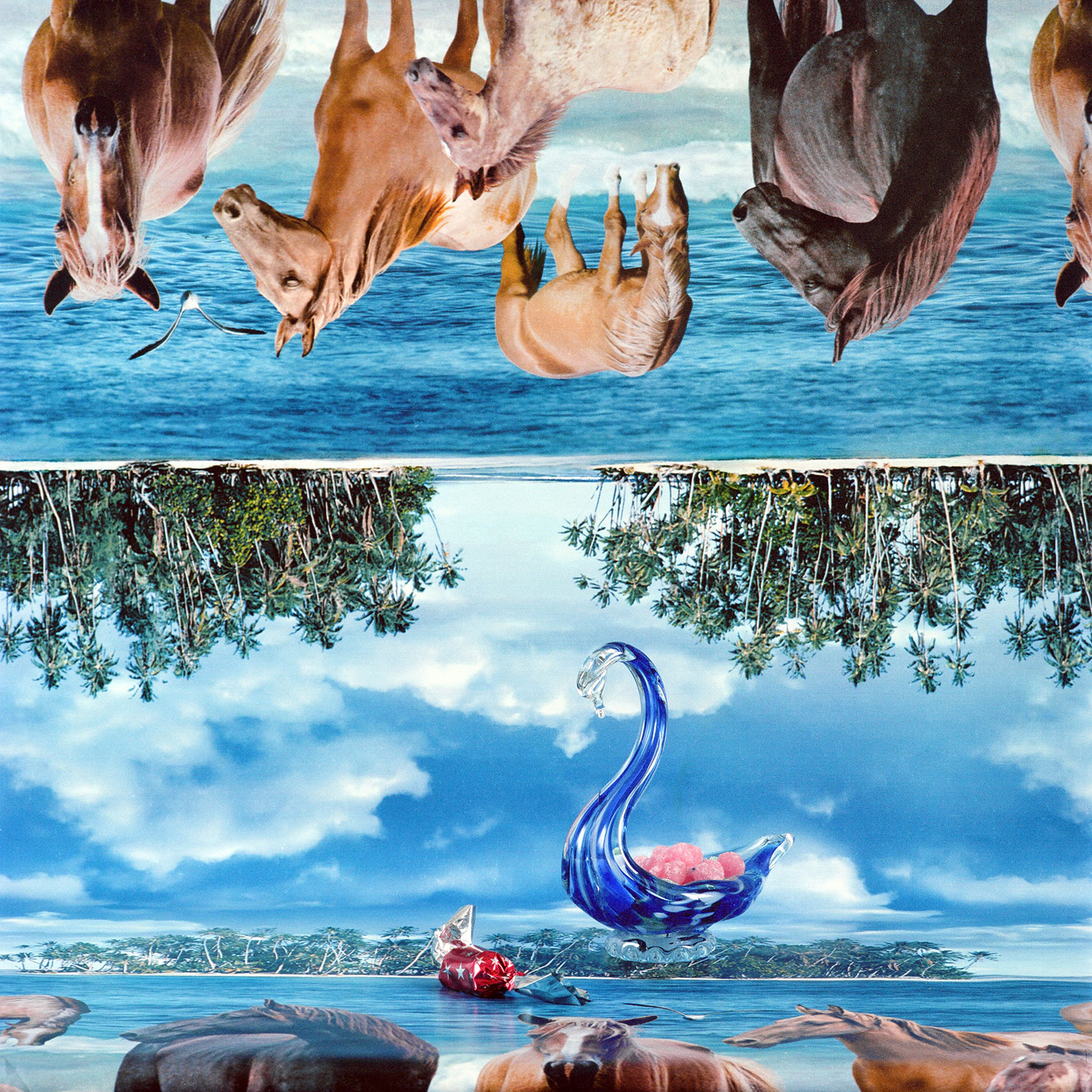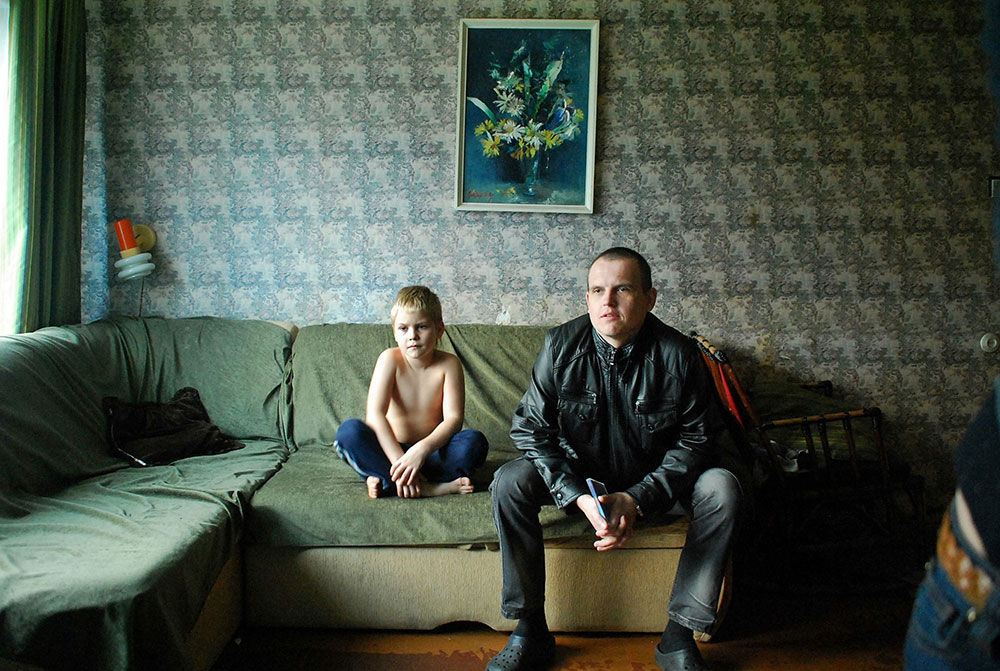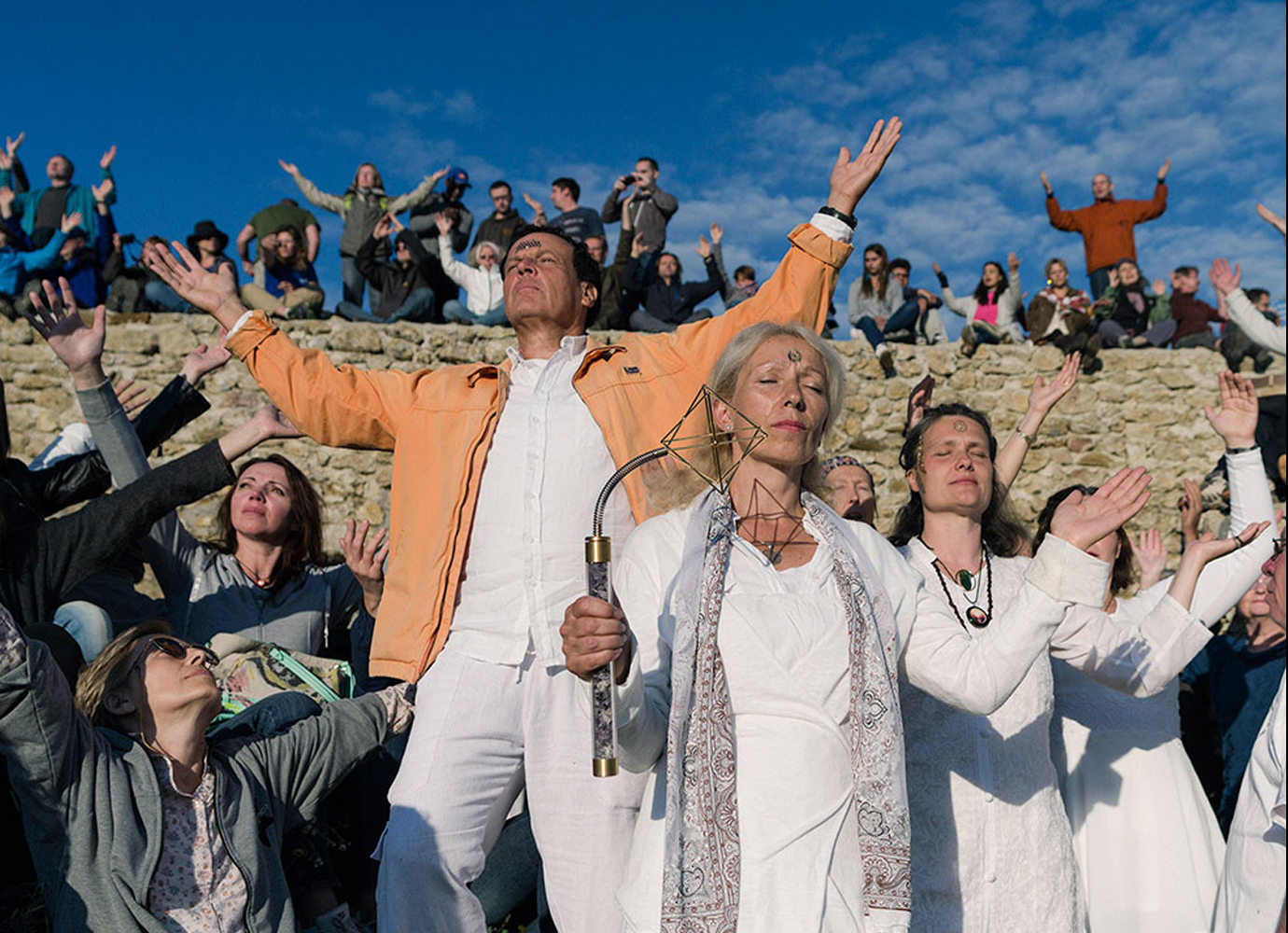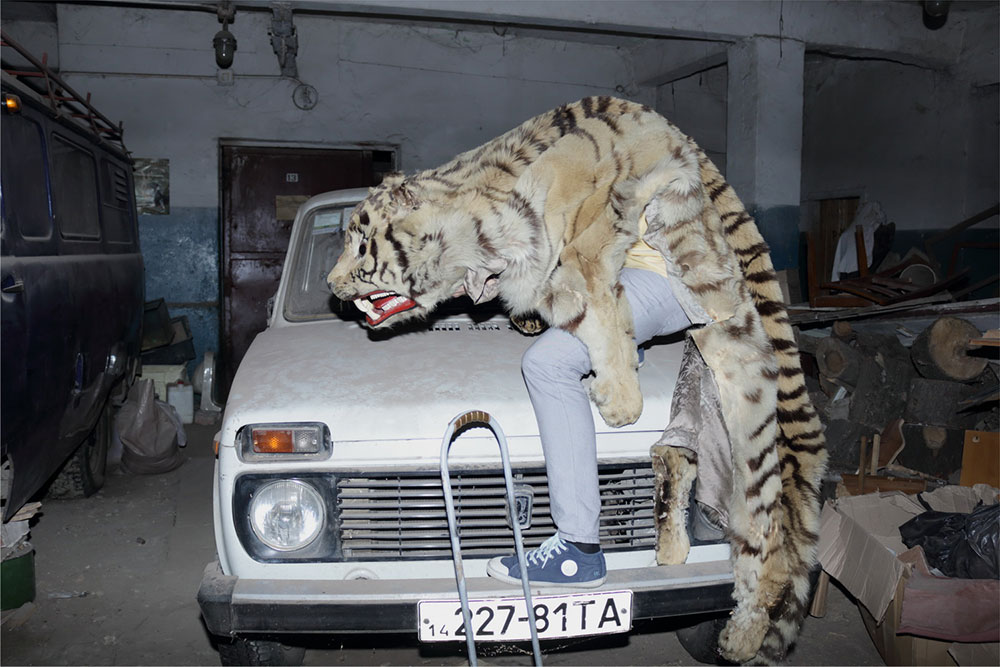
Eugenia Maximova has a brilliant eye for the colourful and gaudy interiors that can still be found in her native Bulgaria, the Balkans and other former communist countries. Coming from a journalism background, the now Vienna-based photographer is drawn to the stories that kitsch trinkets such as those in Associated Nostalgia tell about the past, as much as their somewhat absurd aesthetics.
My foray into photography began in the final year of my journalism degree when I decided to dedicate my Masters thesis to photojournalism. Naturally this is what my early work revolved around. Now I am more interested in digging deeper. I try to get to the bottom of why certain things are happening. Beside everything else journalism has taught me that there isn’t such a thing as absolute or universal truth and that I always have to consider the other side of the coin. I like to call my work a blend of journalism, documentary and fiction.
I began working on my series Kitchen Stories in the Balkans in 2010. I was inspired to begin a project on the Balkans during a documentary photography masterclass. The first kitchen I photographed was that of my neighbour in Ruse, the city where I grew up in Bulgaria. After that I photographed the kitchen of my father. Those first pictures opened many doors. I visited and photographed most of the Balkan countries, including Albania, Bosnia and Herzegovina, Bulgaria, Croatia, Kosovo, Macedonia, Montenegro, Romania and Serbia. A region mired in conflict and its aftershock, the Balkans are still struggling to rebuild both their cities and their societies. I focused my project on the kitchens of these regions, a room of the home that holds a lot of culture in an understated and indirect way.
Because they were hard to acquire, imported goods were particularly popular: (photographic) wallpapers, curtains and lamps, the more incongruous the better
Interiors are very expressive. It’s amazing how much they can say and communicate. They tell stories in an unmistakable manner. They talk about economics and politics, about social status and education, geography and geopolitics, personal preferences and much, much more.
I was born in Bulgaria and grew up there during the communist period. When I was a child, people had the illusion of choice, but mostly between two types of the same thing: two sorts of bread, two sorts of cheese, and two designs of living room furniture. As a consequence, most flats, especially those in the cities, looked quite similar. People tried to compensate by adding some extravagant elements to their interiors. Because they were hard to acquire, imported goods were particularly popular: (photographic) wallpapers, curtains, lamps and all sort of objects, the more incongruous the better.
I grew up in the city of Ruse, in the northeastern part of the country, on the right bank of the Danube. Luckily my mum was an artist, so she used to paint pictures on the walls in the kitchen and mine and my brother’s room. We always had pictures hanging on the walls of our living room. Many of the decorative objects in our apartment were pieces of art my mother exchanged with fellow artists. But when I was a child this didn’t make me particularly happy. I was looking for more “normality”. And I wished we had more imported objects at home to show off. Of course, after the collapse of communism my parent’s flat underwent the inevitable so-called “euroremont” [European-style refurbishment] and all that changed. Working on my project Of Time and Memory, I found this flat in Kiev that felt like a museum of my childhood memories. It had in it so many things from that period: the furniture, the gramophone, vinyl records, even the dolls were like the ones I had at home. I was ready to move in, at least for a while.
It was in the last trimester of my pregnancy when I decided to start working on Associated Nostalgia. It was winter and for obvious reasons I couldn’t travel around, so it had to be something I could do from home. Also, I had many of the colorful plastic tablecloths l used for my Kitchen Stories book lying around. I didn’t want to just throw them away, so I was looking for a way to reuse them and that’s how I came up with the idea of Associated Nostalgia. I had some particular objects from my aunt’s house in mind and I asked her to send them to me. Later I started getting them from other relatives, neighbours and friends. I am not sure that any of them is of a particular value. They are now stowed in a box and are looking for a new owner.
Photography is for me the (better, more natural) way to express myself. It is a very useful tool to communicate thoughts and ideas with the rest of the world. I am not native in any of the languages I use in my everyday life (I speak Bulgarian, German, English and Russian). I often get confused when trying to convey something using words. At the moment I am kind of obsessed with absurdity but I think this is something I’ve been dragging along ever since my childhood. I want to do a project on the social impact of media, in particular of tabloids in Eastern Europe.
